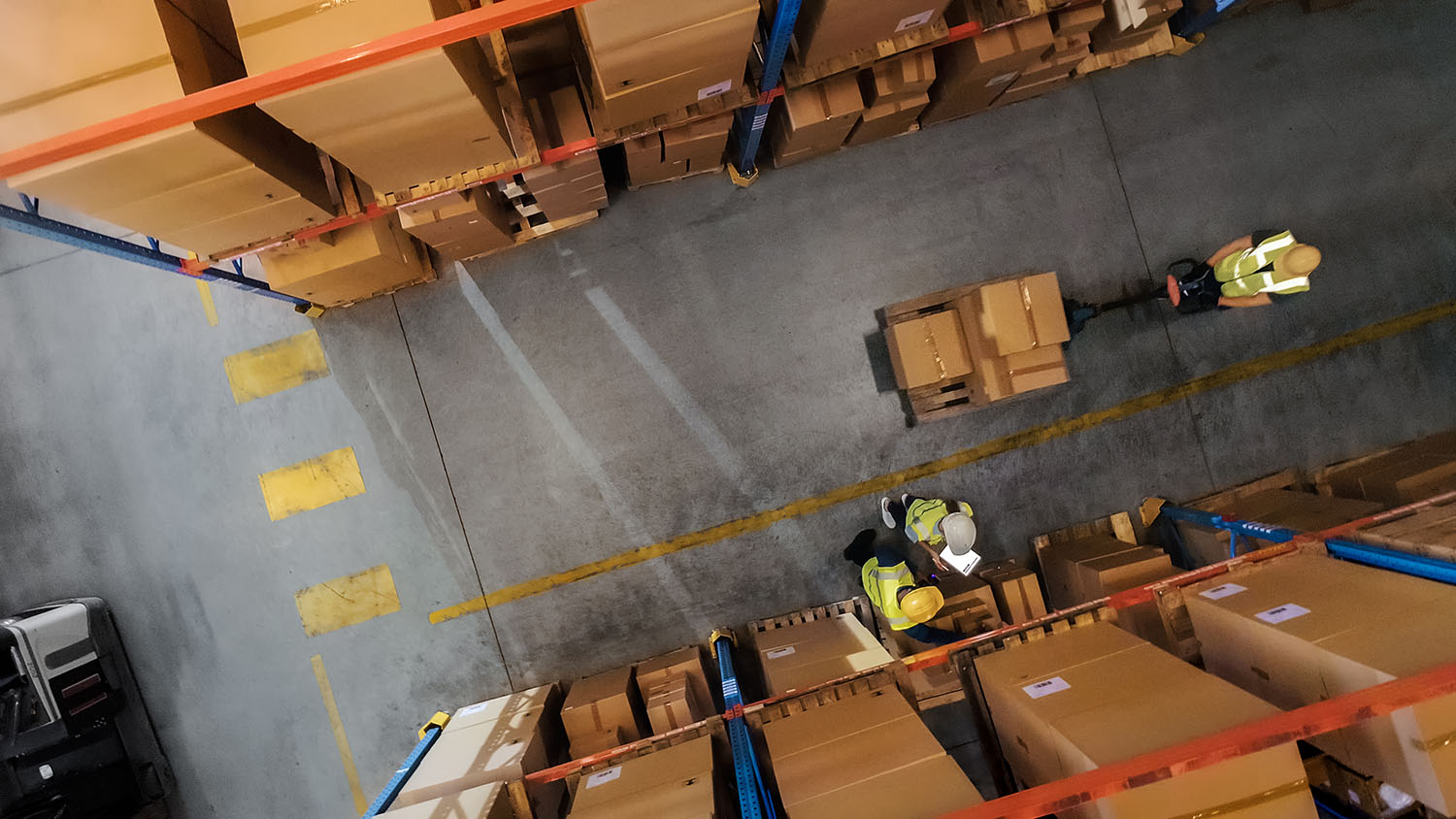The boom of the ecommerce industry in recent years has led to the rapid evolution of warehouse and fulfillment technologies. Increasing demands on the industry are driving warehouses to improve everything from their efficiency to their reliability—all in the quest to better serve customers.
Due to both necessity and innovations in technology, warehousing management for ecommerce has become more robust, flexible, and powerful, helping to combat current and future requirements. Online orders are placed instantly, expected shipping times are contracting, and thanks to a high level of competition, the minimum requirements for successful ecommerce warehouses continues to increase.
With these changes, the best practices for ecommerce warehousing have shifted, and innovative new warehouse management systems are helping to make storage and shipping a seamless part of the process.
Let’s take a closer look at five of the best practices for ecommerce warehousing to help stay ahead in the industry.
1. Refine your pick methods
Many traditional warehouses ship large pallet orders to a single location, but ecommerce warehouses operate differently. Single items make up a large majority of order types, which means that the processes for picking orders can be much more complex and time consuming. This is why picking efficiency is essential for throughput levels in warehousing for ecommerce.
The job of every ecommerce warehouse is to find the right pick method to suit the inventory, layout, and shipment requirements of your operations. For example, cart picking allows you pick and pack multiple orders simultaneously, batch picking allows one picker to pick a batch, or group, of orders simultaneously, one SKU at a time, and wave picking maps out the best pick routes based on a common factor like item, zone, or shipping date.
These advanced picking methods allow you to optimize one of the most labor intensive parts of order fulfillment, and reduce any order errors along the way. Test out the methods that work best for your warehouse and reassess regularly to ensure that you are still meeting throughput targets.
2. Optimize receiving
The way that a business receives inventory can impact other areas of the ecommerce supply chain, and if not handled efficiently it can lead to stock control issues and higher operational costs. As operations grow, whether that is increased capacity and product ranges or expanded receiving docks, it becomes even more important to run receiving efficiently.
On top of standard receiving steps like counting, storing and filing inventory, you can streamline your processes by using directed putaway. This powerful WMS feature allows warehouses to tap into advanced logic to determine the best place to store inventory.
You can also organize your warehouse in ways that allow for streamlined putaway, such as putting high velocity items in easy locations and like-items together. These tactics, along with regular receiving inspections and audits of key inventory metrics like average storage cost per unit and total number of bins/shelves/pallets in use, will help determine where you can save time and money during receiving.
3. Simplify returns
Returns are an unfortunate but inevitable segment of ecommerce operations, and not creating efficient returns processes can be detrimental to productivity as a whole. The timely and simple movement of returns not only helps smooth business operations, it also provides customers with peace of mind as they shop online.
Just like the systems in place for warehouse receiving, returns need to be processed and put away as quickly as possible. Reducing the labor involved in returns means that you can focus time and effort on faster order dispatch for replacement items.
4. Don’t forget replenishment
Managing replenishment is one of the most important aspects of ecommerce warehousing and the entire supply chain. Things like stockouts and overstocking are both signs of poor replenishment management and can impact everything from customer loyalty to the profitability of your business.
Moving away from manual replenishment allows for better control over the efficient flow of goods throughout the warehouse, which greatly affects fulfillment times. Ecommerce warehousing features, particularly things like Advanced Warehouse Replenishment, gives operators the capabilities to pick orders faster by relocating cases and pallets to the faster moving zones.
WMS automations make these optimization decisions for you, tracking stock data and identifying when products need to move from inventory storage to picking shelves or faster moving zones, in turn leading to quicker and higher throughput.
5. Find the best shipping carriers
Most ecommerce warehouses will rely on third party shipping carriers to deliver orders to their customers. While this helps to reduce the workload, it can be difficult and time consuming to find the best carrier for each and every order you send out.
Powerful WMS for ecommerce will provide tools like rate shopping that can automate this process for you. Rate shopping automatically selects the lowest shipping prices from your range of carriers, no matter the package weight, dimensions or destination.
Using automation to find the best shipping carriers allows you to cut shipping costs. This is particularly important for ecommerce warehouses that process hundreds of small orders every day. Look for a WMS that integrates with a range of carriers so that you have greater selection and can find the best shipping options for you and your customers.
Key takeaways
It’s clear that relying on automation in ecommerce can ensure all areas of the warehouse work in sync with each other and can adapt in real-time to changes across your operations.
Rigidity is incompatible with warehousing for ecommerce. You need to be able to adapt quickly to demand fluctuations, changes and forecasts to how customers are ordering, and fluctuations in stock availability. Investing in your warehouse technology is the single most important way ecommerce businesses can streamline their operations, better serve their customers, and stay competitive in a constantly evolving market.
If you’re looking for a new, robust ecommerce warehouse management system to help your business expand, get in touch with us today to organize a free demo of Da Vinci!



